When it comes to discussing motorcycle or automotive exhaust systems, the term "back pressure" often sparks debates among enthusiasts. Some argue that it's essential for performance, while others believe it should be minimized for optimal power output. So, what exactly is back pressure, and why is it important in an exhaust system? Let's dive into the world of exhaust dynamics and understand the significance of back pressure.
What is Back Pressure?
Back pressure refers to the resistance encountered by exhaust gases as they exit the combustion chamber and travel through the exhaust system on their way out of the vehicle. It's essentially the force that pushes exhaust gases back into the engine's cylinders, creating a counterflow against the natural flow of gases.
The Balancing Act of Performance and Back Pressure:
-
Scavenging Effect: One of the primary functions of an exhaust system is to help evacuate exhaust gases from the engine efficiently. Contrary to what some may believe, a certain level of back pressure is necessary for this process. When the exhaust valve opens, the pressure wave created by the escaping gases helps draw the remaining exhaust gases out of the cylinder, a phenomenon known as the "scavenging effect." Without some back pressure, the scavenging effect can be diminished, leading to incomplete combustion, reduced power, and increased emissions.
-
Velocity and Torque: Back pressure plays a role in maintaining exhaust gas velocity. In a well-designed exhaust system, the exhaust gases should exit the cylinder at high speed. This velocity contributes to torque production, which is crucial for low-end and mid-range power. Too little back pressure can reduce exhaust gas velocity, resulting in a loss of torque. This is the reason we at Barrel Exhaust perform Flow Analysis to ascertain the turbulance generated in the path of the gases. Also the DB killers which are part of most of the Barrel Exhaust models help in generating enough back pressure to keep the low and mid range performance at optimum.
-
Tuning for Balance: Achieving the right balance between minimal back pressure for high-end power and sufficient back pressure for low-end torque is a fine art. This is where exhaust system design and tuning come into play. Manufacturers and aftermarket exhaust specialists carefully design and optimize exhaust systems to deliver the ideal balance of performance across the RPM range.
Environmental Considerations:
While enthusiasts often focus on performance, it's essential to consider the environmental impact of exhaust systems. Modern exhaust systems are designed to meet emission regulations and minimize harmful pollutants. Maintaining an appropriate level of back pressure helps achieve this goal by ensuring complete combustion and efficient emissions treatment.
The Bottom Line:
In summary, back pressure is a crucial element in an exhaust system, striking a delicate balance between performance and efficiency. It aids in the scavenging effect, maintains exhaust gas velocity, and contributes to torque production, particularly at lower RPMs. However, excessive back pressure can indeed hinder high-end power. Therefore, exhaust system design and tuning are essential to optimize the balance for your specific vehicle and usage.
Choosing a cheap unbranded exhaust just to save few bucks may result in long term engine damage and loss of engine efficiency. Visit https://www.barrelexhaust.com to be rest assured of products that are tested in real world scenarios and built by qualified engineers who are bikers themselves.

